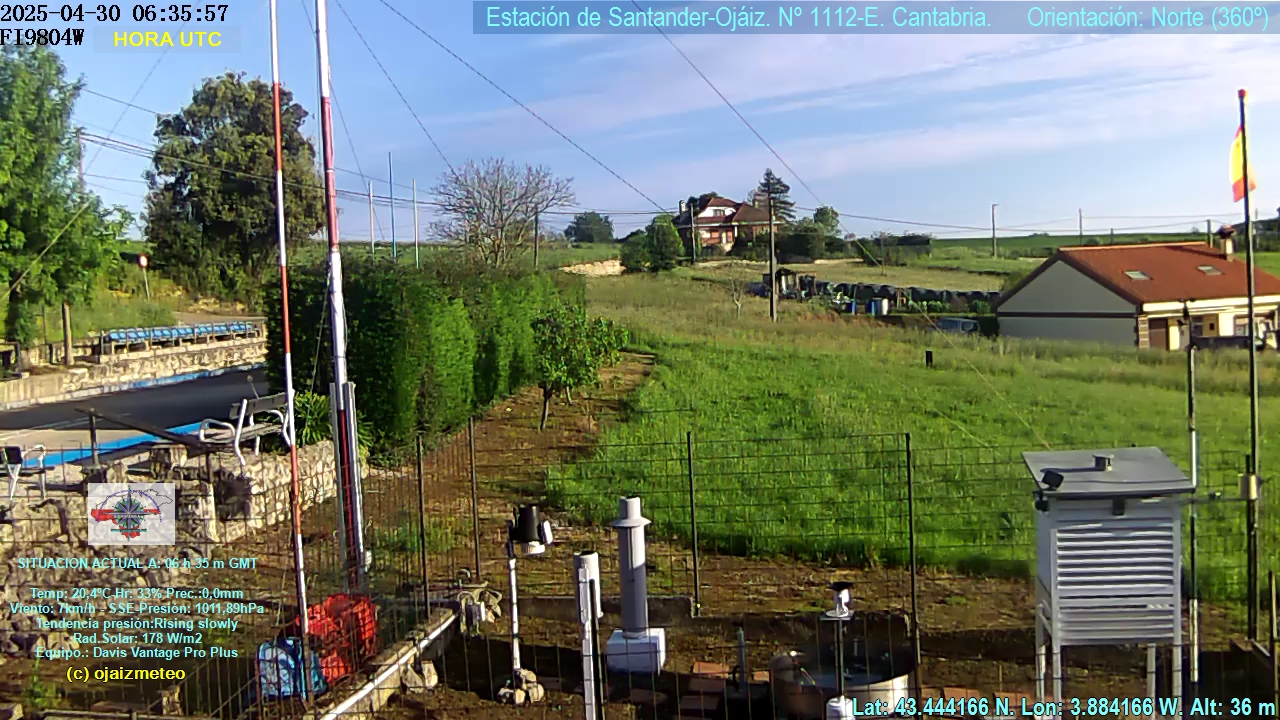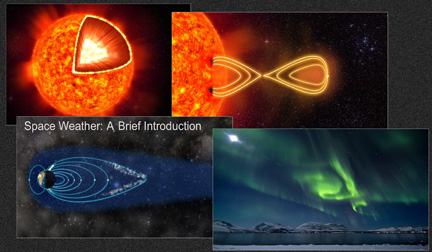Product: 3-Day Forecast
- Issued: 2025 Apr 01 1230 UTC
Prepared by the U.S. Dept. of Commerce, NOAA, Space Weather Prediction Center.
Geomagnetic Activity Observation and Forecast
The greatest observed 3 hr Kp over the past 24 hours was 2 (below NOAA
Scale levels).
The greatest expected 3 hr Kp for Apr 01-Apr 03 2025 is 2.67 (below NOAA
Scale levels).
NOAA Kp index breakdown Apr 01-Apr 03 2025
| Apr 01 | Apr 02 | Apr 03 |
|---|
| 00-03UT | 1.00 | 2.67 | 1.67 |
| 03-06UT | 1.33 | 2.67 | 1.67 |
| 06-09UT | 1.33 | 2.00 | 1.33 |
| 09-12UT | 1.00 | 2.00 | 1.33 |
| 12-15UT | 2.00 | 1.67 | 1.33 |
| 15-18UT | 2.00 | 1.67 | 1.33 |
| 18-21UT | 2.33 | 2.00 | 1.67 |
| 21-00UT | 2.00 | 2.33 | 1.33 |
Rationale: No G1 (Minor) or greater geomagnetic storms are expected. No
significant transient or recurrent solar wind features are forecast.
Solar Radiation Activity Observation
Solar radiation, as observed by NOAA GOES-18 over the past 24 hours, was
above S-scale storm level thresholds.
Solar Radiation Storm Forecast for Apr 01-Apr 03 2025
| Apr 01 | Apr 02 | Apr 03 |
|---|
| S1 or greater | 99% | 35% | 25% |
Rationale: The greater than 10 MeV proton flux is expected to persist
above the S1 (Minor) threshold on 01 Apr. There is a chance for the
levels to continue above the S1 level on 02-03 Apr.
Radio Blackout Activity
Radio blackouts reaching the R2 levels were observed over the past 24
hours. The largest was at Apr 01 2025 0646 UTC.
Radio Blackout Forecast for Apr 01-Apr 03 2025
| Apr 01 | Apr 02 | Apr 03 |
|---|
| R1-R2 | 75% | 75% | 75% |
| R3 or greater | 25% | 25% | 25% |
Rationale: R1-R2 (Minor-Moderate) radio blackouts are expected, with a
chance for R3 (Strong) events on 01-03 Apr.












 for more information
for more information








 Losts of interesting information
Losts of interesting information


